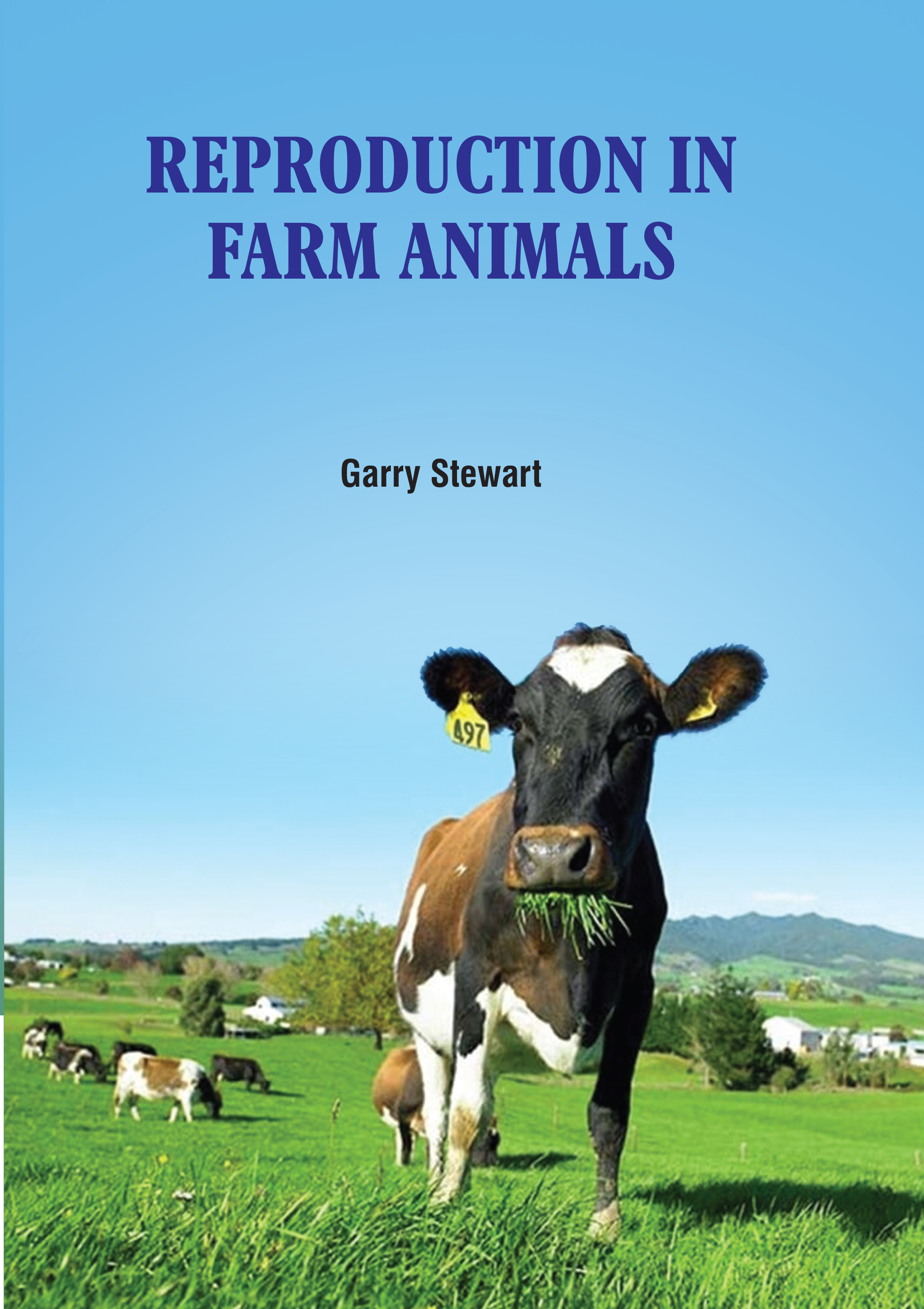
Reproduction in Farm Animals
by Garry Stewart
| ISBN | 9789372425826 |
|---|---|
| Publisher | Digital Drive Learning |
| Copyright Year | 2026 |
| Price | $264.00 |

by Garry Stewart
| ISBN | 9789372425826 |
|---|---|
| Publisher | Digital Drive Learning |
| Copyright Year | 2026 |
| Price | $264.00 |
Farm animals breeding and reproduction stands at the beginning of the animal production chain. Breeding contributes to the basis of robust, efficient and healthy animals with a reduced need for medication and increased animal welfare. Reproductive cycles in many vertebrates and invertebrates are related to changes in day length. Day length is a reliable indicator of season for timing circannual events such as reproductive behaviour and migration. In many species, the pineal gland secretes melatonin in the dark. Increasing day length (decreased melatonin levels) triggers reproductive behaviour. During external fertilization, many gametes are released into the water by each sex at the same time and place. This type of fertilization requires water because animal sperm must swim to the eggs. Water also protects the gametes from drying out. Species which have external fertilization are either aquatic or return to water for reproduction. Domestication was performed through controlled mating and reproduction of captive animals which were selected and mated based on their behaviour and temperament. Judging from cave paintings that have survived, selection was also applied to some qualitative traits such as coat colour and the absence or presence of horns. Selective breeding in domesticated animals is the process of a breeder developing a cultivated breed over time, and selecting qualities within individuals of the breed that will be best to pass on to the next generation. Breeding techniques such as inbreeding, linebreeding and outcrossing are utilized by breeders in the maintenance and improvement of their chosen breeds. This comprehensive and reliable book on animal reproduction aims to review developments and indicate which reproductive technologies can be used commercially or in research.